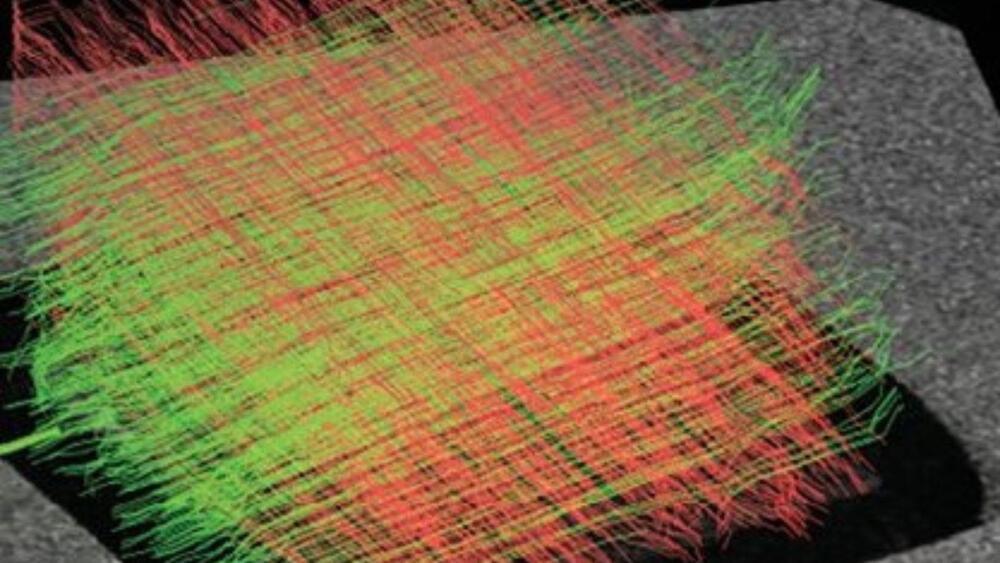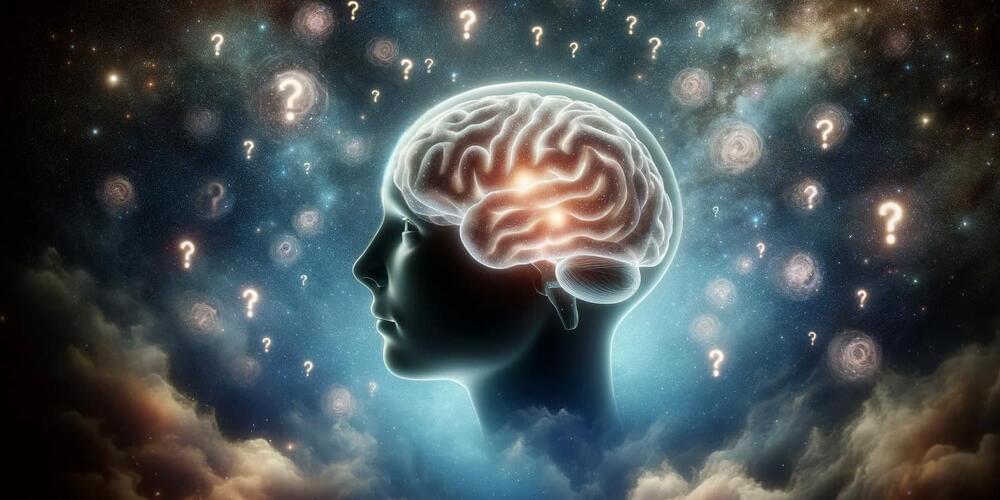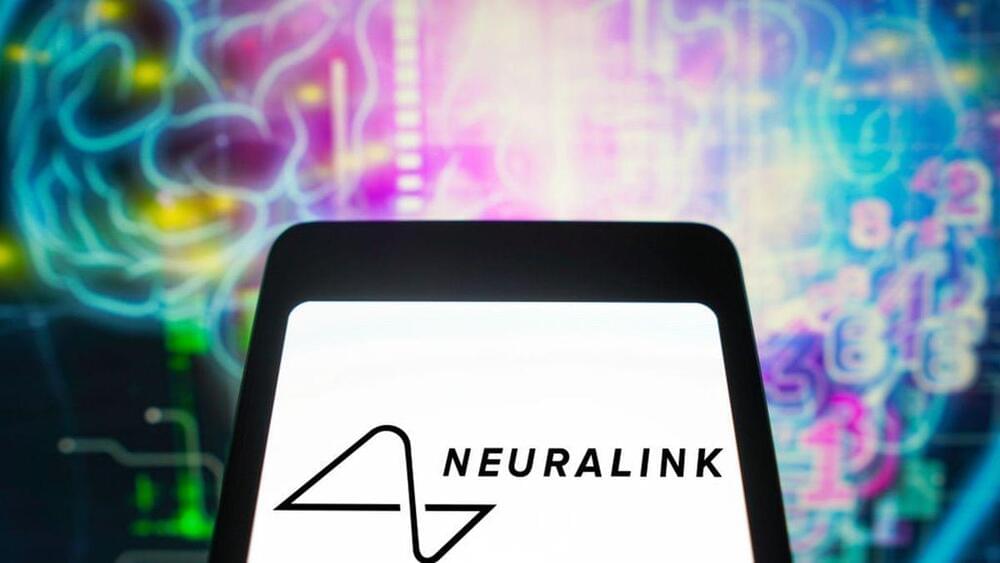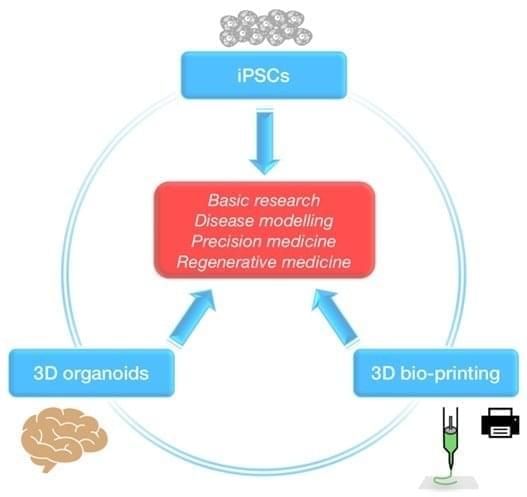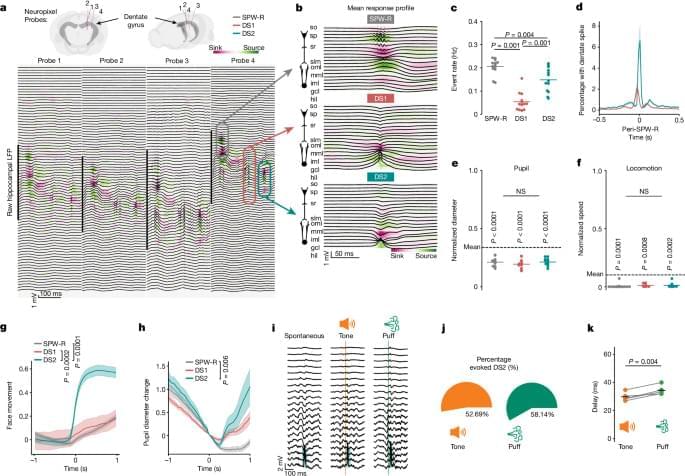Here we show that DS2 is an online, synchronous population event accompanied by widespread increases in neural activity and brief arousalions. On the basis of the stationary activation of place cells with fields close to the mouse’s current location, we propose that DS2 may serve as a mechanism to regularly ground the hippocampal representation of position in an environment during immobility. Rapidly switching between current (DS2) and remote (SPW-R) locations would enable cognitive flexibility that varies with sudden changes in the animal’s internal state or changes in the environment (for example, a startling noise). Synchronous neural activity during DS2 may provide opportunity windows for synaptic plasticity, consistent with our findings linking DS2 to associative memory formation.
At the microcircuit level, distinct brain states are shaped by the non-uniform recruitment of local inhibitory cells, which are key for directing information flow27. As arousal-activated AACs heterogeneously innervate principal cells19,20 and are highly active during DS2 but mostly silent during SPW-Rs, this GABAergic cell (and probably others, such as TORO cells) may be important in regulating the distinct ensemble activity between DS2 and SPW-Rs. At a network level, DS2 is thought to be primarily triggered by the medial entorhinal cortex, which contains neurons that encode self-referenced movement variables, locations and environmental borders28,29,30. This self-referenced spatial input may indeed be key for recruiting spatially tuned hippocampal cells corresponding to an animal’s current position during DS2. Both tones and air puffs reliably evoked DS2 and promoted current position encoding, but the identity of the stimulus (tone versus puff) could not be reliably decoded.

